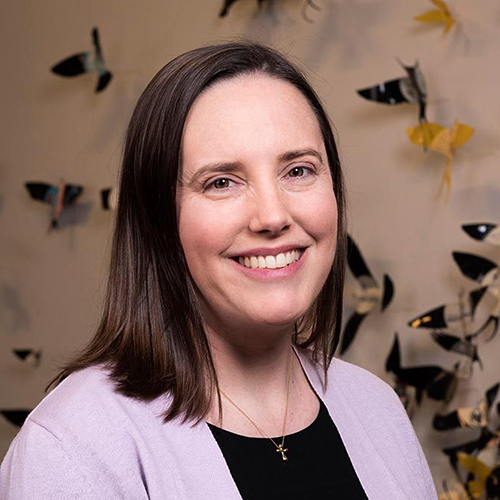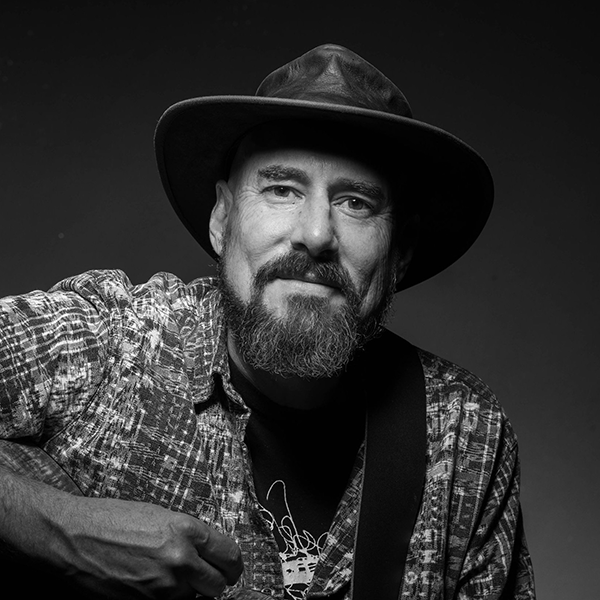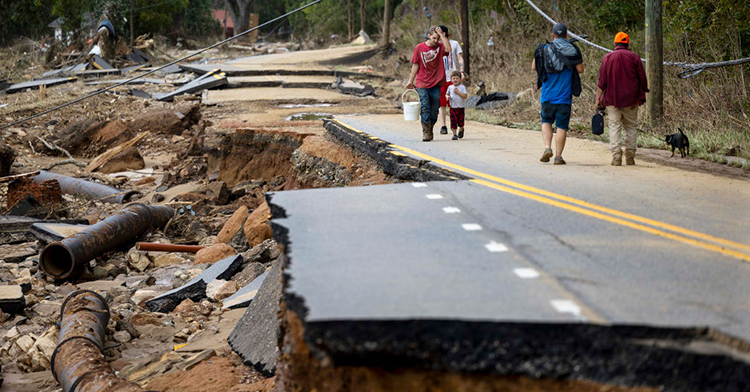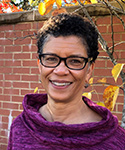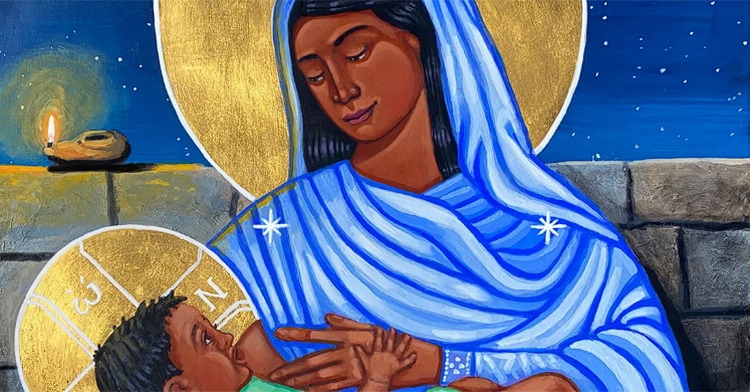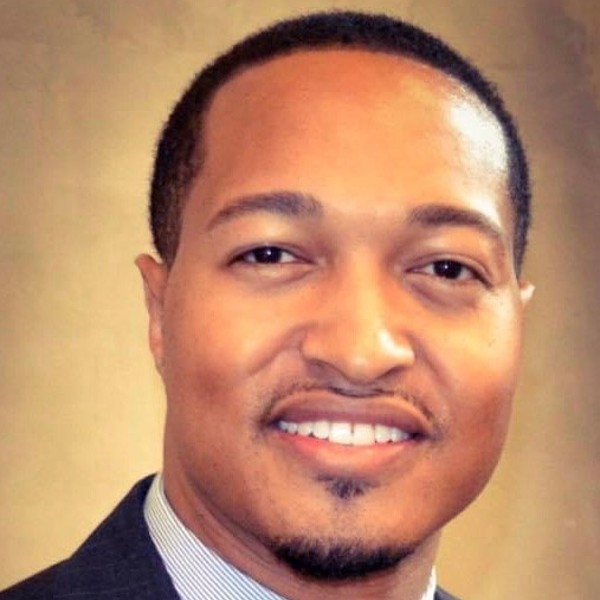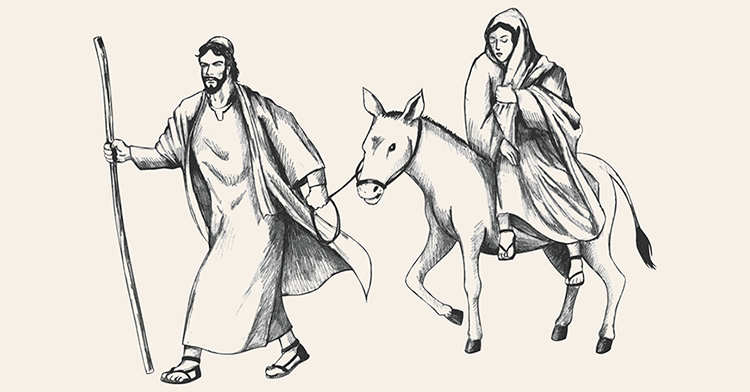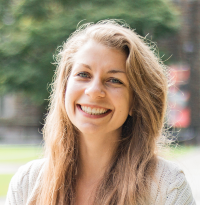Waiting is just the worst.
Whether it’s with joy (anticipating a vacation, an out-of-town guest, a new job), fear (a test result, a jury verdict, a conflict with a loved one) or aggravation (a delayed flight, a trip to the DMV, a parent-teacher conference), waiting robs us of being present. We miss what is happening in our lives right now while we’re busy making to-do lists or fretting or simmering.
It can be exhausting.
And yet here we are.
We are in the midst of our second pandemic Advent, and who wants to spend more time in intentional waiting? We are over it, as Episcopal priest Elizabeth Felicetti writes in The Atlantic — not just individually but collectively.
We’ve been waiting for the end of masks, the arrival of vaccines and the opportunity to sing. We’ve been waiting for the return of people to the pews, money to the offering plate and parties to the fellowship hall.
We’ve been waiting for the end of arguments about precautions, empty Sunday school classrooms and drive-thru celebrations. We’ve been waiting to move past the need to pivot with each new variant or surge.
We have been waiting to get back to normal.
Oh, church.
“Back to normal” might be familiar — but that doesn’t make it faithful. The waiting posture robs us of hope, curiosity and imagination. It is a privileged position that suggests that what we found comfortable was loving enough, liberating enough, just enough, healing enough for all of God’s people.
The Faith Communities Today report released this fall, “Twenty Years of Congregational Change,” summarizing findings from the largest-ever survey of U.S. congregations, makes plain that our churches were not universally thriving before the pandemic: “Overall, the portrait shows a majority of congregations are growing older, smaller, and, by many measures, less vital.”
Among the key findings: most churches are small, but most people are in larger congregations; attendance at most churches has declined rapidly in the past 20 years; and most congregations skew older than the national average, with aging participants and leadership.
Last month, the Hartford Institute for Religion Research released a report offering an early picture of how churches are navigating the pandemic. It suggests, from surveys this summer, that the pandemic is “exacerbating and accelerating” the declines detailed in the Faith Communities Today report. It also notes that the overall picture is “turbulent and chaotic,” though “not all churches are experiencing the pandemic equally.”
“Normal” before the pandemic wasn’t so great.
Maybe we need this Advent after all.
Advent is not a season for waiting to usher back in the old or get through with gritted teeth. It is an invitation to wonder about and actively work for transformation: What new creation are we invited to participate in birthing? As the Faith Communities Today report notes: “A time of challenge and upheaval can also be a moment of opportunity and revitalization.”
That is not to say that this work is easy or to suggest that we forget the trauma our people and our churches have endured for almost two years. We are called to what Old Testament scholar Ellen Davis terms a “chastened hope,” a hope that keenly understands our current suffering and dependence on God.
Choctaw elder Steven Charleston in “Ladder to the Light” offers a mantra for faithful activism: “Don’t look down, don’t look back, don’t look away.”
He goes on to urge: “Look up and be confident. Look forward and learn from the past. Look at life as it is, without editing it to look better. See what is really there.”
That practice, he says, allows us to “recognize darkness but trust in light.” Charleston urges us all to choose each day to believe and to hope. By doing so, he writes, “we turn what we believe into what we see.” That is fitting for the season of preparation we are in and the seasons of incarnation and revelation we are anticipating.
But how?
How might we unlock creativity in this season, grieving what has been lost while also holding some hopeful curiosity about the future? We begin with practices of rest, lament and remembering, alone and in community.
In “God and the Pandemic,” N.T. Wright writes that “fresh action” must follow our lament, that God’s kingdom is emerging through the “creative, healing, restorative work” of humankind.
“He sends in the poor in Spirit, the meek, the mourners, the peacemakers, the hungry-for-justice people. They are the way God wants to act in his world.”
Wright goes on to suggest three questions these Jesus followers will answer: “What needs to be done here? Who is most at risk? How can we help?”
These seem like good questions for church leaders to ponder in their contexts, as a way to stay true to who and where they are while also waiting for an uncertain future with energy and wonder.
They also gesture toward some of the characteristics researchers with Faith Communities Today have seen consistently in “spiritually vital and growing communities” — strong leadership, a clear mission, a spirit of innovation and openness to change, active engagement in the local community, significant lay involvement.
“In the midst of all the unsettledness,” the author writes, “now is the ideal moment to sustain the efforts toward innovation.”
Which got me thinking about Mary and her bold “yes” to a transforming and uncertain future. As pastor Isaac S. Villegas writes in The Other Journal, we are all like Mary: “Mary surrenders control; she welcomes the mysterious workings of God. She embraces God’s plan for the world, even though she doesn’t know how it will turn out. It’s a risk. And she says yes to God.”
We don’t have to know what the future of the church will hold. We don’t have to like waiting or uncertainty or change. We can be tired and annoyed about it.
But Jesus is coming anyway. Something new is birthing in the church.
Say yes.
It will be worth the wait.

